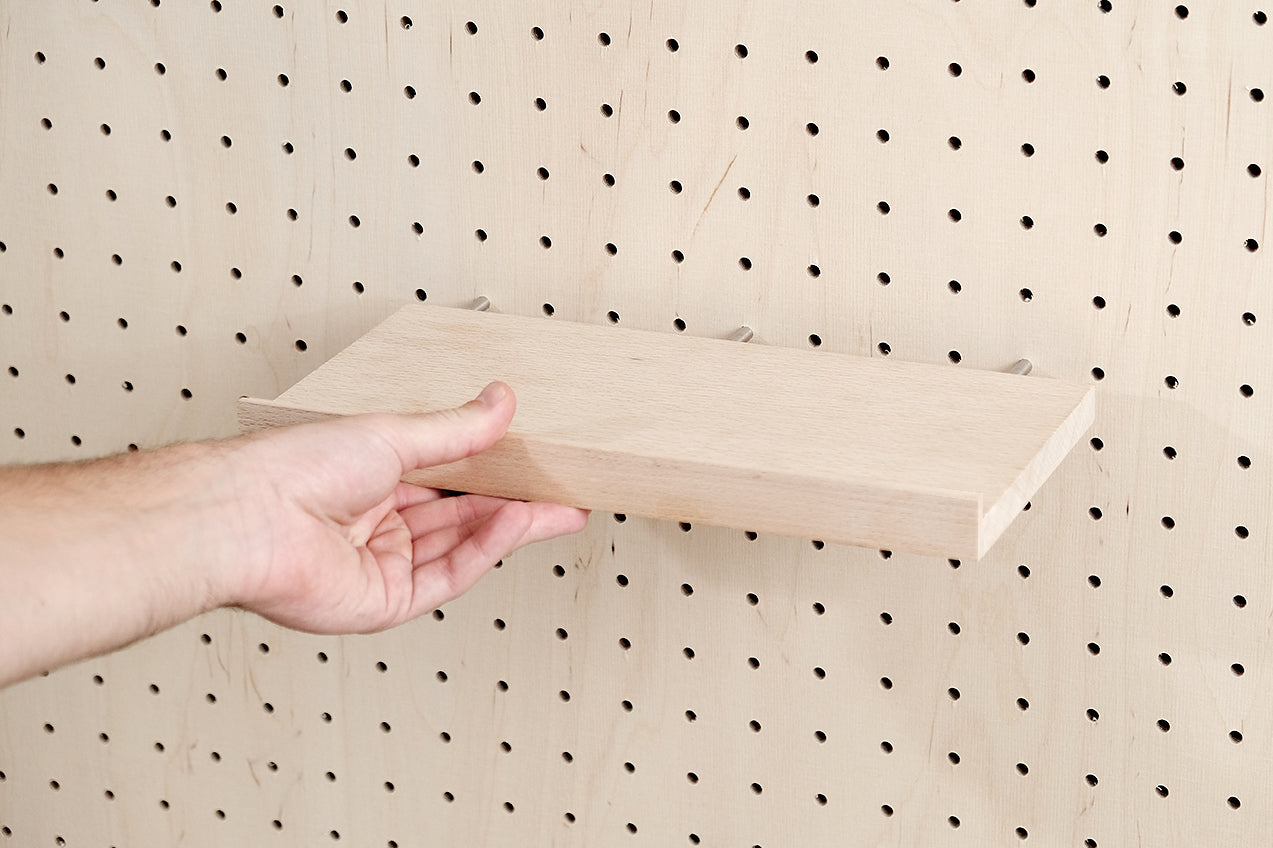We've all met this urbex and street art fanatic at least once in our lives, who spends his weekends wandering around in search of architectural gems. What he loves most is Brutalism: the badass design of the 1960s architecture.
What is Brutalism? Architecture or Design?
Brutalism is an architectural movement composed of monumental concrete structures. Bam! The word always has its effect. It's so stylish that Flavien Berger even wrote a song about it.
But then is it about design?
Brutalism was a very popular architectural style between the 1950s and 1970s. It featured the same repetition of geometric shapes, lack of ornamentation , and concrete galore. Here 's a quick overview of the once-turbulent love affair between concrete and design.
From Concrete to Brutalism: Badass Architecture Design of the 60s
Discovered during Antiquity by the Romans, then forgotten over time, concrete developed again from the 19th century with, for example, the appearance of reinforced concrete (Big Up Bagarre we love you). The recipe is not very complicated: some aggregates (sand, stone, gravel), a little cement (limestone and clay), water, put everything in a large mixer, mix and you get concrete! In short, a very popular material because it is dense, solid and inexpensive.
Atypical architecture
The Brutalist architectural movement emerged in the 1950s. The ravages of World War II had already taken their toll. In England and Germany, nearly 70% of cities were razed. But now it was time to rebuild, and if possible, to do it quickly and cheaply. Concrete's heyday was finally here! Architects gradually fellin love with concrete and its raw side. It had the ability to take on all sorts of shapes, and its texture would give rise to an architectural movement. This was Brutalism and its design. One of the most famous figures in this movement was good old Le Corbusier. He is particularly known for the Radiant City of Marseille (initiated in 1947).

Brutalism The most badass architecture and design of the century
Brutalism is a style that represents a break from more refined movements, such as Beaux-Arts. The abrupt style of Brutalism and its concrete constructions is uncompromising. However, its physical properties in terms of texture, color, and ease of use allow for all sorts of creative daring. Architects play with shapes, and the resulting monuments resemble monstrous battleships. They embody the confidence and power of nations. Brutalism is uncompromising: it's the most badass style of the century.
This is how the somewhat dark attributes of Brutalism take over. Our gaze therefore perceives them as defects. Finally, we associate it with bunkers, or even communist architecture , defined by unattractive, gray and charmless buildings. We blame it for the construction of large suburban housing projects. Brutalism is therefore accused of disfiguring cities and promoting social violence. We then remember from this movement, only the use of concrete, forgetting above all the creation of futuristic forms that characterize it.

Brutalism Architecture and raw design of the 60s
It was not until the 21st century and the destruction of Brutalist buildings that historians and architects became aware of their cultural power. Since then, some Brutalist buildings have been classified as historic monuments. They are sometimes rehabilitated: "what began as a utopian project intended to design new public utility buildings using the most advanced techniques has, it seems, failed. Only producing ugly, inhuman buildings unfit for their uses. These buildings, once considered monstrosities, are now national treasures." "writes the British newspaper The Telegraph.
In short, visionary, accused of all evils for several years, brutalism is the architecture with badass design of the 60s. It has many fans today and inspires both interior design and everyday objects. So, at Aire, we wouldn't say otherwise!

See you soon!



1 comment
Merci pour cet article qui est très intéressent.
Nous voudrions acheter un appartement à Marseille qui est bâtis en 1960, même il a une histoire.
Donc il se trouve au dessus du port du Vallon des Auffes. Il y a eu les résistances pour le construire le grand bâtiment 500 appartements. Je me suis interprétée que d’en autre côté du Brutalisme,
c’a été nécessaire pour accroissement de la population dans l’époque.
Cordialement